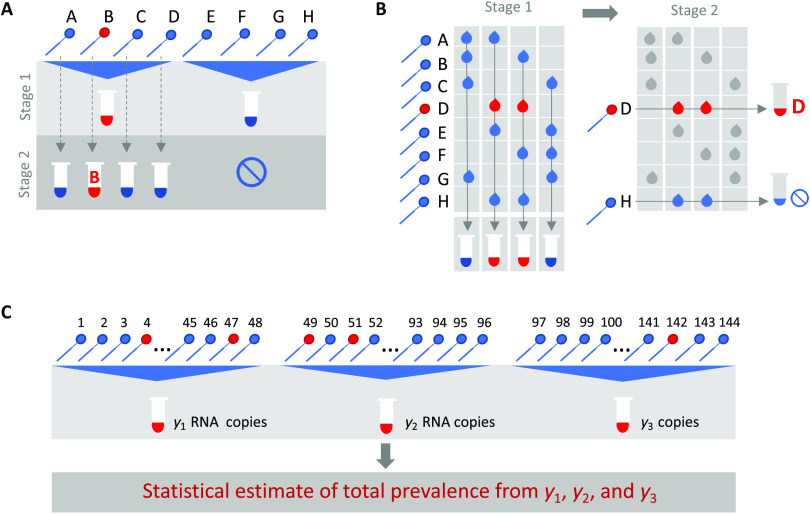Fig. 1. Group testing designs for sample identification or prevalence estimation.
In group testing, multiple samples are pooled, and tests are run on one or more pools. The results of these tests can be used for identification of positive samples (A and B) or to estimate prevalence (C). (A) In the simplest design for sample identification, samples are partitioned into nonoverlapping pools. In stage 1 of testing, a negative result (pool 2) indicates that each sample in that pool was negative, whereas a positive result (pool 1) indicates that at least one sample in the pool was positive. These putatively positive samples are subsequently individually tested in stage 2 to identify positive results. (B) In a combinatorial design, samples are included in multiple pools as shown in stage 1. All samples that were included in negative pools are identified as negative, and the remaining putatively positive samples that were not included in any negative test are tested individually in stage 2. (C) In prevalence estimation, samples are partitioned into pools. The pool measurement depends on the number and viral load of positive samples as well as the dilution factor. The (quantitative) results from each pool can be used to estimate the fraction of samples that would have tested positive, had they been tested individually.

